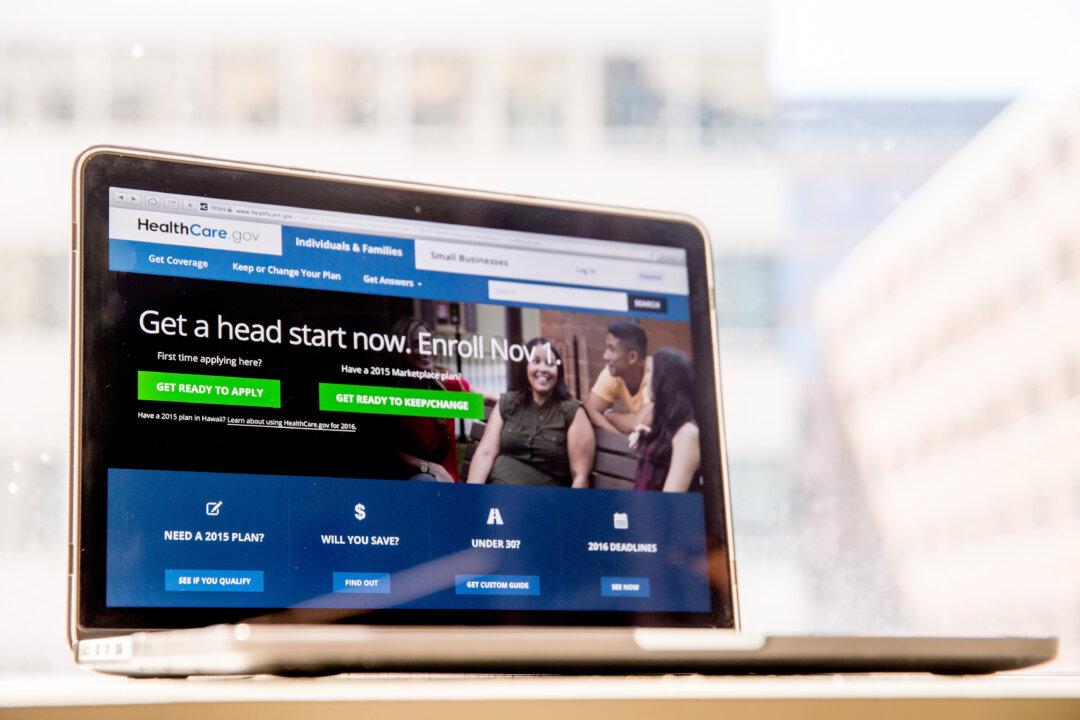Insurance companies are not known for their optimism, especially when it comes to health. But those that were too optimistic were caught off guard when Obamacare was enacted—the companies assumed their new clients would be healthier than they turned out to be, and set their premiums too low.
Some insurance companies suffered significant losses, but it is the consumer who will feel the pain as adjustments are made.
The cost of the Affordable Care Act (ACA) will increase quicker in 2017 than it has in previous years. Premiums for the lowest- and second-lowest-cost silver plans are increasing by double-digit percentages next year, a report by Kaiser Family Foundation revealed.
“Marketplace premiums under the Affordable Care Act, already a subject of perennial interest, have gained even more attention amid unfavorable financial results from some insurers, as well as initial reports of steep premium increases requested for 2017,” stated the report.
Based on insurer rate requests, the cost of the lowest-cost silver plan in 14 major cities will increase by an average of 11 percent in 2017.
This compares to an average of a 5 percent increase per year between 2014 and 2017. As for the second-lowest-cost silver plan, the average premium increase will be 10 percent in 2017, compared to a 5 percent increase in 2016.
The changes in premiums for both silver plans vary geographically, ranging from a drop of more than 10 percent in Providence, Rhode Island, to an increase of around 20 percent in Portland, Oregon.







